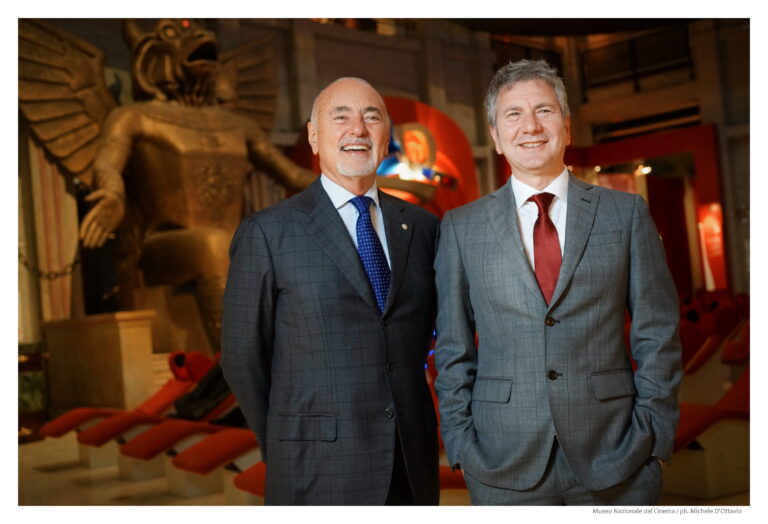
In the ancient capital of Italy (Torino lead the Kingdom of Italy right after it’s unification in 1861 until 1865), there is the impressive National Museum of Cinema. This institution welds the beauty of architecture of the Mole Antonelliana with the history and futurism of the motion picture industry.
This is one out of the ten most visited museums in Italy and it has closed 2023 with a record: over 755,000 attendances, the best result since its opening and +32% compared to 2022. The new year at the Museum of Cinema plans to be equally mesmerising in the way it will celebrate the Seventh Art.
In this Exclusive Interview President Enzo Ghigo & Director Domenico De Gaetano, share the consolidated successes of the Museum and its future projects:

Q: 2023 has been a record year for the Museum and sets a very high benchmark for 2024, what can attendees expect this year?
E.G.: First of all we have a few more months ahead of us since Tim Burton’s exhibition will run until April 7th, and it has been very popular with visitors. During the month of January alone the attendees were seventy thousand. Besides this fulfilling goal, we intend to follow that direction, in terms of satisfying our target audience of young and diversified visitors. Our intention is to attract the younger generation to visit the Museum. For this reason, our next exhibition, that will open in May and will last until the autumn, will focus on cinematic memorabilia. In parallel, other two exhibitions will take place within the museum. One will focus on a filmmaker from Torino, Tonino De Bernardi, who shaped avant-garde cinema, and after that we shall have another exhibition on television series. For the latter we had a thorough analysis in selecting what can be considered a tv series in the modern sense, where episodes and seasons are interconnected, as opposed to older series like Happy Days, where each episode could exist individually.
D.D.G.: 2023 was an incredible year, with many international guests, a successful exhibition, well-attended events and we broke the record since the Museum was at the Mole Antonelliana, with 755,000 visitors. In 2024 it is important to continue in this new direction. I have always thought that a museum should be an open and inclusive place and therefore not only aimed at cinephiles and people from the industry, but rather reach out to a very wide audience, especially young people. For this reason, when we plan exhibitions and events, we do it with a new approach, using new storytelling. An example is including legendary icons such as Cabiria’s Maciste that can be considered Italy’s first superhero back in 1914 when the film was released. He represents an analogue, black-and-white superhero who had an incredible physical strength, as well as the grandfather of the high-tech and colourful Marvel superheroes we have today. We strongly believe it is crucial to attract younger generations, and once they are inside the Museum they discover its history. This is what happened with the Tim Burton exhibition since the younger ones were dragging parents and relatives in a museum, which is quite unusual since it’s usually the other way around. It’s important how the paradigm has changed.
Q: What is your favourite spot inside the Museum?
E.G.: The Café Torino, because it is decorated with several legendary film posters, and it’s the perfect place to gather with others and share ideas.
D.D.G.: I’m particularly fond of the CineVR, the first permanent Italian cinema theatre that offers a continuous daily program of VR films. This was the first step we took to align the Museum with 21st century trends in media. It’s been a challenge but all visitors enjoy this area and get excited when they try the headsets and experience virtual reality. Entering the rooms gives a feeling of stepping inside a 2001: A Space Odyssey dimension.
Q: VR at the Museum, surely demonstrates the multidisciplinary approach taken by the institution. Are you planning synergies with other artistic forms such as theatre, opera, video-art or dance?
D.D.G.: For dance, with the upcoming Carnival, we have a Wednesday Addams choreography competition. I think all artistic forms communicate with each other, and I like to abide by Peter Greenaway’s idea of taking cinema beyond the screening room. Cinema can grasp inspiration from sculptures, paintings, graphic design, opera, even video games. For instance during lockdown one of the first things we did when the Museum was closed was The Mole Play – Video mapping experience. We screened on the Mole Antonelliana a visionary film, to tribute the magic of Italian cinema. In that occasion, technology was at the service of the history of film and the collections we have at the Museum. Basically, when people were locked indoors the Museum reached out to them, and they could admire the show from their windows. Currently we have a project that focuses on video games. Even this form of entertainment — like cinema back in the day — was welcomed with skepticism and through time it has acquired artistic recognition. In 2025 we shall have a big exhibition dedicated to video games and we are already in touch with the main companies in the field. We are also planning to invite game designers to share with visitors the connection between this artistic form and cinema.

Q: In terms of technology and the film industry, what are your thoughts on AI?
D.D.G.: I think that we cannot explain the history of film without exploring the technological developments that have occurred since this medium began. The transition from the silent age to talkies is an example of how technology has also influenced the technical and creative choices of filmmakers and actors. The same can be said when colour arrived and supplanted black and white pictures, or the advent of television, digital filmmaking as opposed to film reel, or even CGI, post-production effects and streaming platforms. With every new arrival the world of cinema splits into factions: those who support innovation and those who are against it. Even Chaplin dismissed the use of sound in films by saying “give the talkies three years, that’s all.” But progress proved him wrong. These changes cannot be stopped. But it’s important to figure what rules need to be placed to regulate them, which is the current debate surrounding AI, since its potential is boundless. This stage is very important, so that everyone can benefit from this technological evolution, rather than just a few. We must avoid the chaos that occurred with social media platforms. At the Museum we tried to explain the evolution of the film industry by gathering opinions of filmmakers such as Greenaway, Cronenberg and Spielberg. In this exhibition, called The Future of Cinema, we included a part focusing on AI, since at that time the Hollywood strikes were in action. At one point visitors could put to the test the use of Artificial Intelligence in film through a touch screen that allowed to define the screenplay of the film, by simply adding some data such as the time setting, the film style, the genre, and characters. The only mandatory trait was that the story had to take place within the Mole Antonelliana. In a few seconds a script was created through AI. The experience also demanded a feedback from the public. Our duty as a Museum is to acknowledge the evolution that is taking place and sharing it with our visitors.
Q: The Museum has left no new trend unexplored, you also ventured in the field of Podcasts to celebrate Italian filmmaker Francesco Rosi, after dedicating an exhibition to him. Is this an activity the Museum will develop and should we expect a Podcast about Tim Burton?
D.D.G.: I think podcasts like the one we made, called Citizen Rosi, are best when they focus on filmmakers that younger generations might not be familiar with. Tim Burton probably doesn’t need a podcast for his work to be known. We wanted listeners to know about Francesco Rosi’s way of using cinema as a tool to investigate upon the issues of his time like war, the Mafia, the energy crisis, the urbanisation of cities. All these themes are problems we are still tackling today and this podcast allowed younger generations to discover Rosi from their homes. So we definitely intend to focus on other filmmakers of the past through future podcasts.
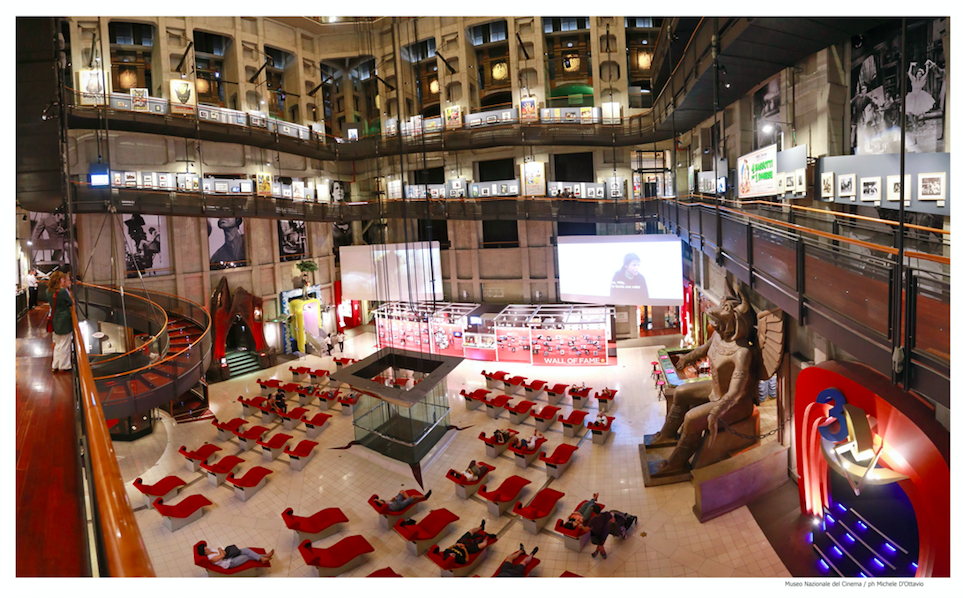
Q: Last year you had an array of prestigious guests for your Masterclasses (Kevin Spacey, Asghar Farhadi, Pablo Larraín, Damien Chazelle, Tim Burton, Oliver Stone). How much preparation goes into organising their attendance?
D.D.G.: It takes at least six months to plan the visit of guest. We have a wish list and it all starts from there. It is hard and stressful work, especially in the last few weeks. We need to find an agreement with the agents, convince the publicists, and it involves many sectors of the Museum. But it is also very rewarding when you see the look of amazement of the guests who enters the Mole (where we hold our Masterclasses) and observe the satisfied gaze of the audience. But above all for me, as a cinema lover, it is an immense pleasure to be able to have a conversation with these great artists.
E.G.: What we have at heart is not to bring guests over for a simple red carpet, we want them to hold a Masterclass, we give them our Stella della Mole Award and they attend a screening of one of their films and talk about it. The Museum is getting known more and more internationally, and these guests attest the recognition that our institution has gathered through the years.
Q: Who are your future dream guests? Maria Adriana Prolo was the film historian who founded the Museum, so can we expect some female guests for your upcoming Masterclasses?
E.G.: In past years we had Isabella Rossellini and Monica Bellucci, last year indeed it was all men. I would be delighted if we could have Julia Roberts or Anne Hathaway, or even Meryl Streep, although they are stars with an incredibly busy schedule. Other than the Masterclasses we would be happy to welcome them during the Torino Film Festival to screen one of their new works.
D.D.G.: It would be great to have one of these actresses, although the organisation for celebrities of their calibre is very complex. We definitely hope for some female guests, a male guest I have always dreamt to bring to Torino is Christoper Nolan.
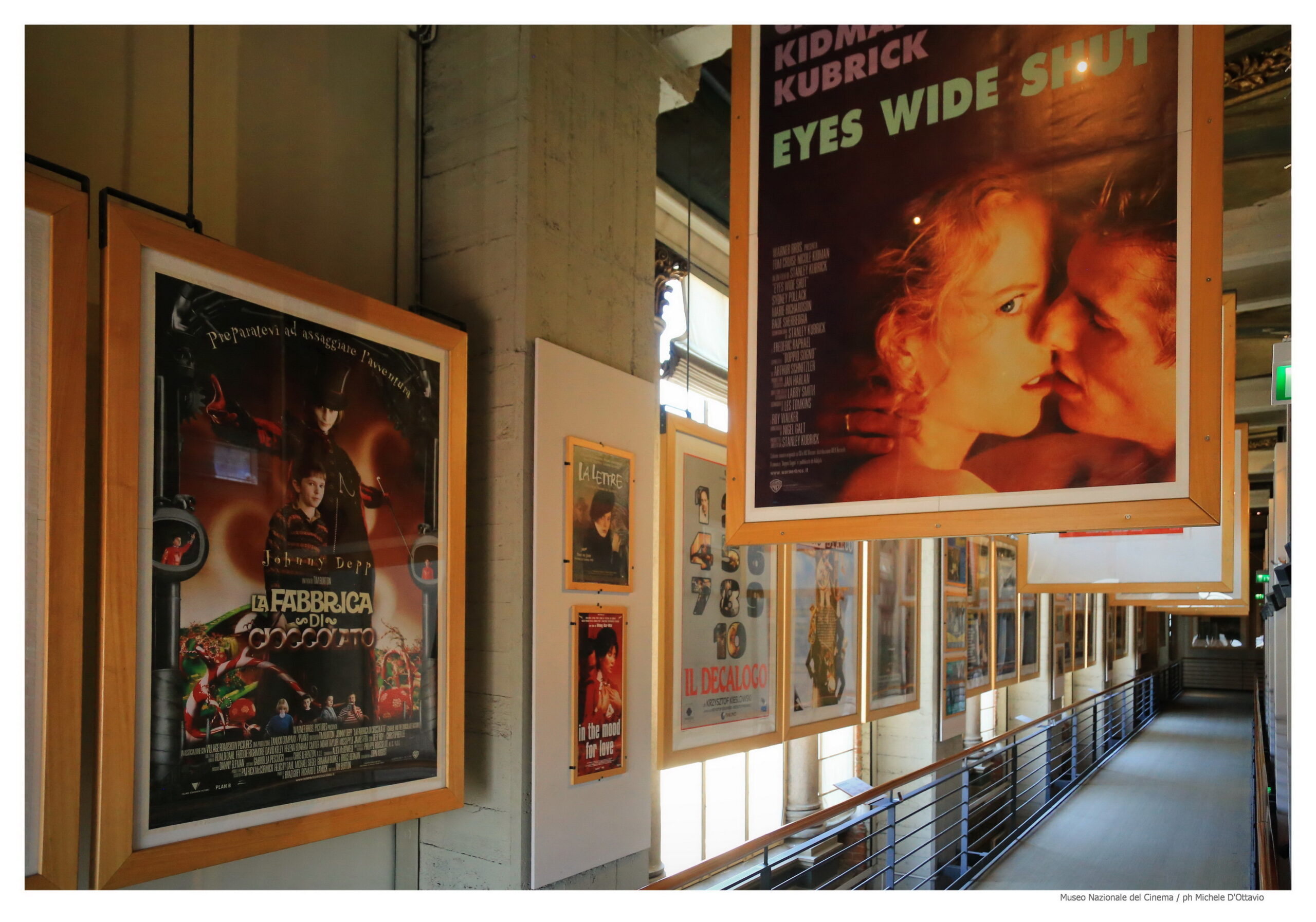
Q: The initiatives of the Museum have expanded beyond its walls, with the Opening Ceremony of TFF41 taking place at the Palace of Venaria. Is the Museum planning more interaction with the entire city of Turin?
E.G.: There are some opportunities we would like to develop. For instance, last year we created an open-air cinema during the summertime, set in the Cavallerizza Reale, which we would like to replicate this year. This year marks the 200th anniversary of the Egyptian Museum and its President and Director are interested in coming up with some events that may unite our two institutions. We might organise specific screenings within the Egyptian Museum of films related to the topic, from popular movies like The Mummy or classics like Cleopatra starring Richard Burton and Elizabeth Taylor.
Q: The 42nd Torino Film Festival has a new director, Giulio Base, who has already announced a retrospective dedicated to Marlon Brando. With this premise what do you feel will be his approach?
E.G.: For the activities of 2024, TFF is the real deal since we have a new artistic direction. The retrospective on Marlon Brando is the first of its kind, encompassing more than 20 films starring the American actor. Giulio Base will surely bring a new approach to the festival, whilst also reprising the old tradition of having an Opening Ceremony with a film premiere.
Q: Can you tell me about your collaboration with the Lovers Film Festival that was pioneering in focusing on LGBTQIA+ stories, just as CinemAmbiente was trailblazing showcasing environmental films?
D.D.G.: 2025 will mark the 40th edition of the Lovers Film Festival which was truly ahead of its time, tackling topics that were taboo, as much as CinemAmbiente with its ecological causes. It’s fascinating to see how all these activities, helmed by the National Museum of Cinema, have changed according to society’s evolution.
E.G.: The Lovers Film Festival and CinemAmbiente are definitely in line with current issues and they began at a time when these topics were more restricted. We are pleased that our institution embraces so many social issues through cinema. We adamantly believe that film is a universal language that can reach everyone.
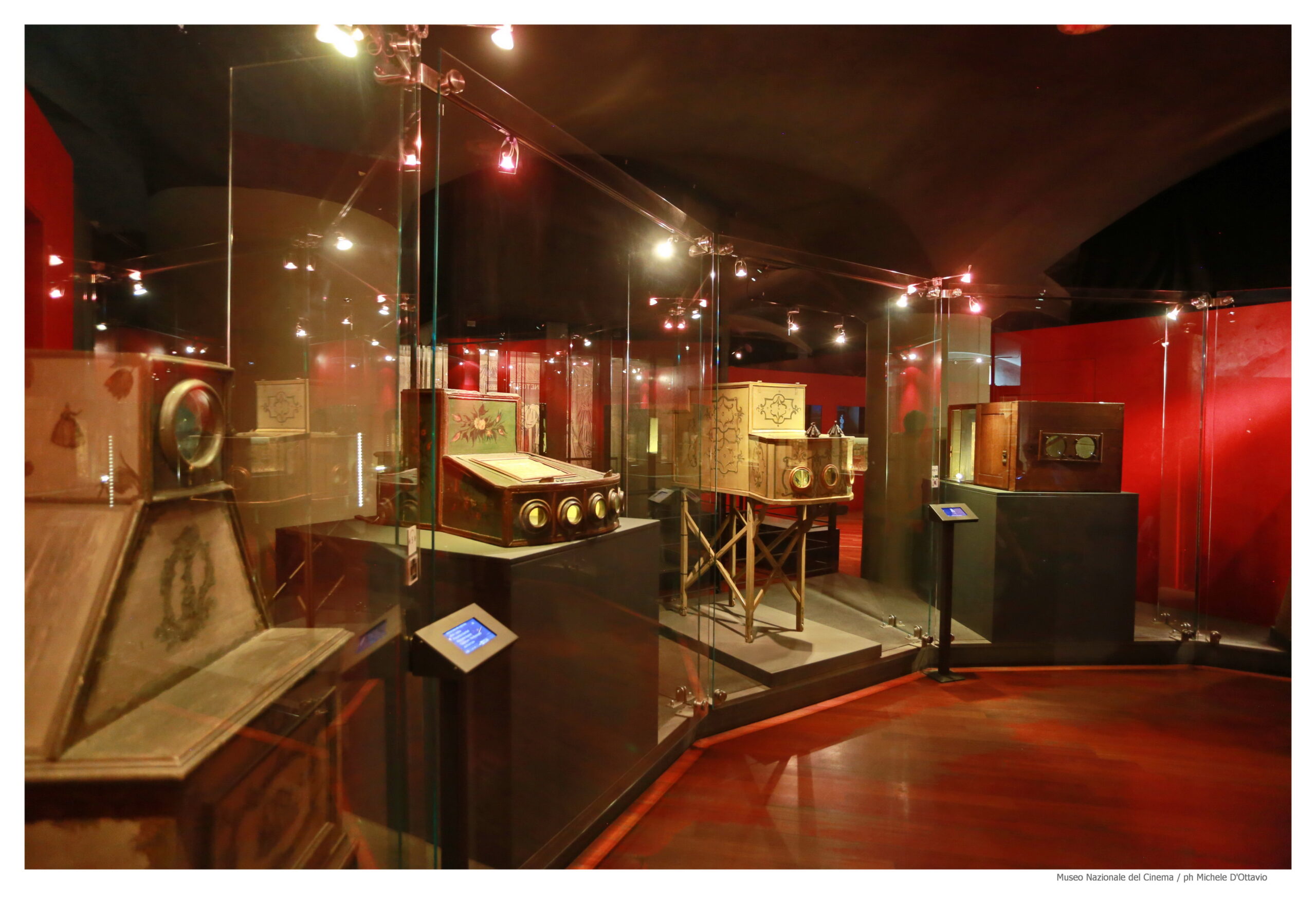
Q: Damien Chazelle won the Audience Award in 2009 with his feature debut, Guy and Madeline on a Park Bench, and in 2023 he returned to Torino for a Masterclass. Do you see the future of this festival as a hub for young filmmakers, like Sundance, also in consideration of TorinoFilmLab?
D.D.G.: TorinoFilmLab, under the aegis of the National Cinema Museum of Turin, acts as a talent-finder and this year we are very pleased that at the 74th Berlin Film Festival there will be several films that are part of the TFL hub, like Shambhala written and directed by Nepalese Min Bahadur Bham.
E.G.: Undoubtably, the Museum, through TorinoFilmLab, can be considered a cultural hub. The Museum holds regular screenings, we run three festivals (Torino Film Festival, Lovers Film Festival, CinemAmbiente), we have multimedia sections, academic collaborations, and an archive. Our institution encompasses a wide spectrum of activities. This definitely ties in with the identity of our city. A few evenings ago I attended a conference at Fondazione Sandretto and some panelists, who were not from Turin, defined this city as the most vibrant Italian cultural city, so it’s interesting to perceive through other people’s eyes how much Torino has to offer in these terms.
Q: What is your favourite part of Torino that has been captured in a film?
E.G.: The Galleria Subalpina. That is where they shot a scene from Peter Collinson’s 1969 The Italian Job, with various Mini-Coopers driving through the gallery. I remember I was a youngster when they shot that scene and I tried to go there to take a peak at the set, but they had shut off that part of the city. There’s also a connection with our Museum, since the Galleria Subalpina is close to the movie theatre Cinema Romano and the historical Baratti & Milano Café which is one of our sponsors.
D.D.G.: I would probably say Piazza C.L.N. where Dario Argento shot a scene from Deep Red. It’s a small square located in the historic centre of Turin and is located just behind the two twin churches of Piazza San Carlo (Santa Cristina and San Carlo). This cinematic instant shows how a film director, coming to Torino, is capable of reimagining the city in an innovative way, since the bar the character goes to does not exist. Each time I walk in that square I think about that film, and the way fiction and reality have created something unique through cinema.
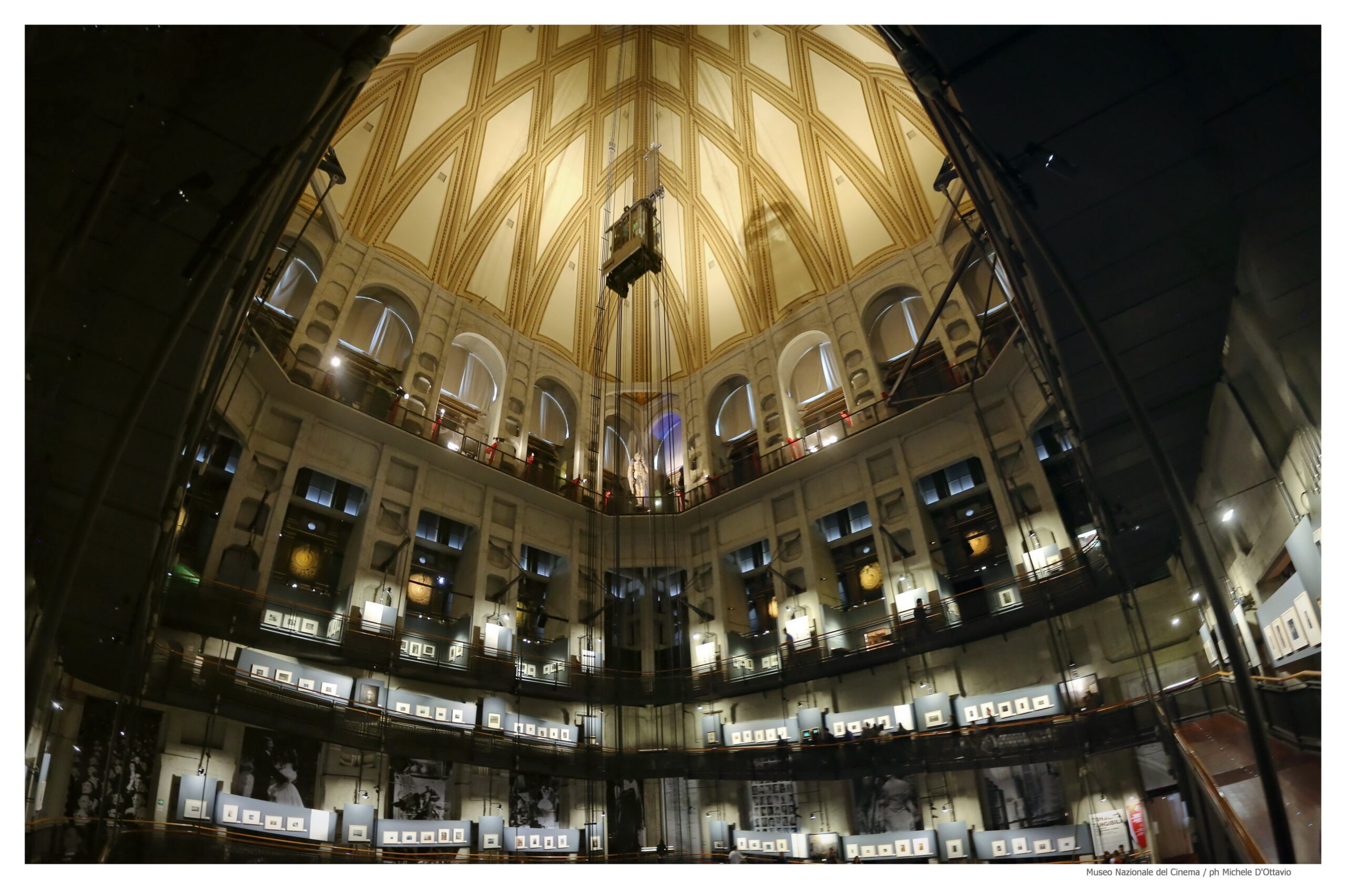
Check out more of Chiara’s articles.
All photos are kind courtesy of the Museo Nazionale del Cinema

